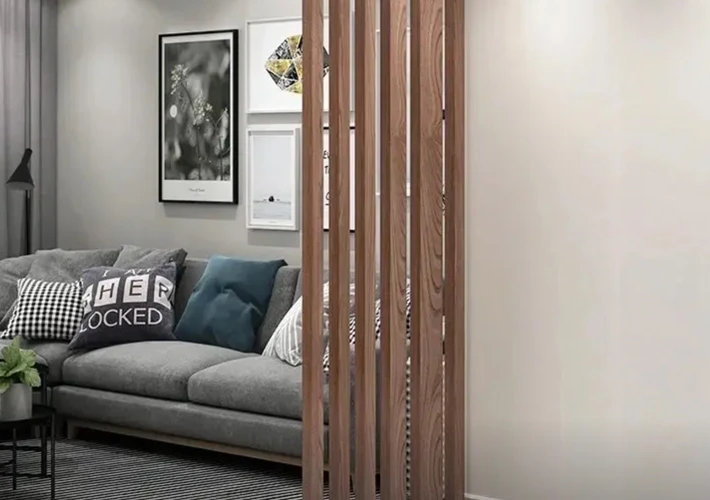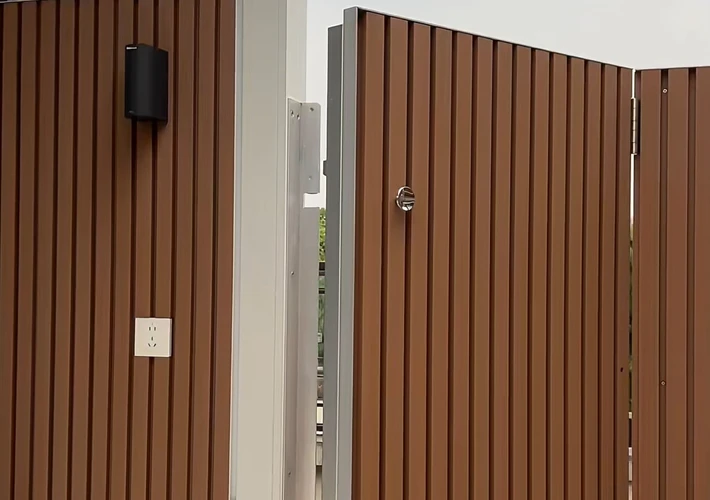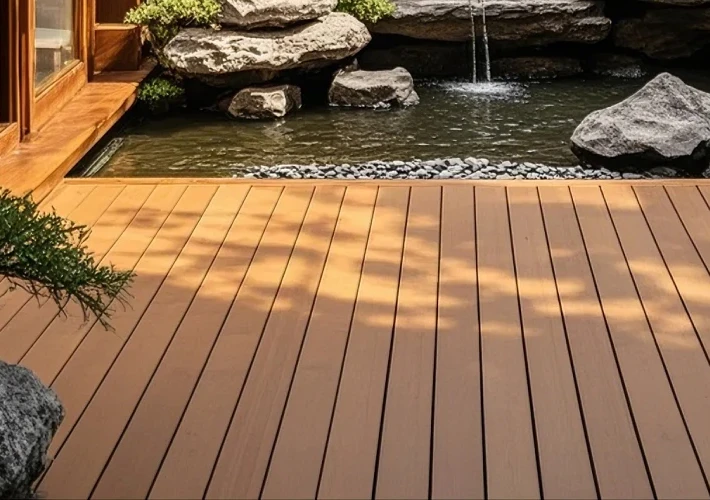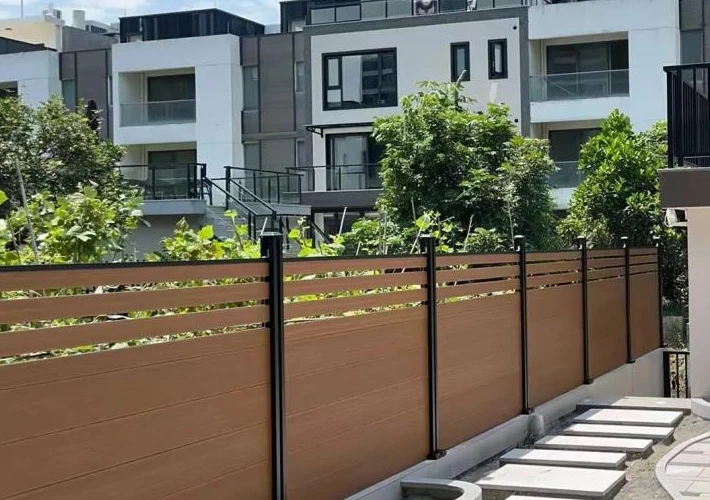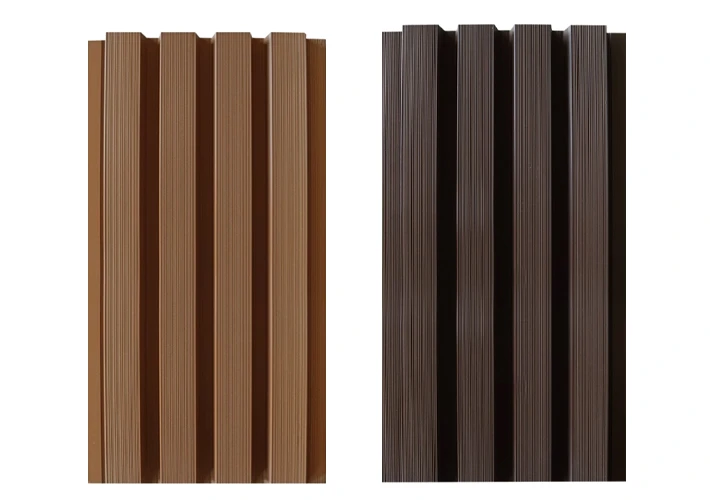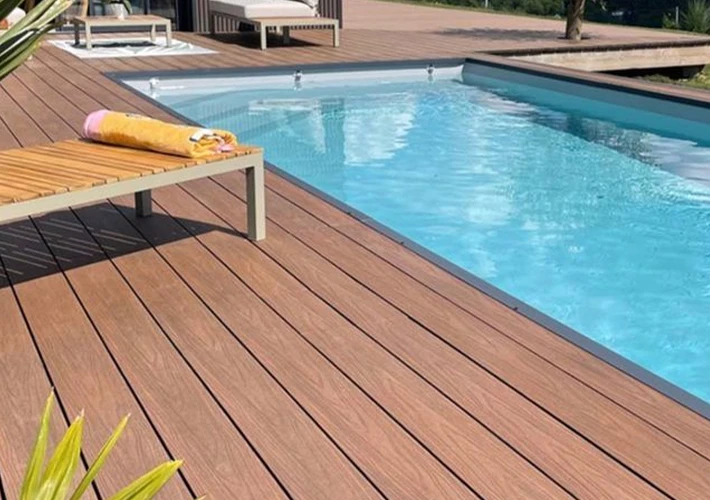When it comes to protecting and enhancing your home in Canada’s harsh climate, choosing the right external wall cladding is crucial. External wall cladding not only improves your home’s curb appeal but also provides essential insulation, weather resistance, and durability against extreme temperatures, heavy snowfall, and rain.
Table of Contents
ToggleThe Importance of External Wall Cladding
External wall cladding serves as a protective shield for your building, acting as a barrier between the interior and the external environment. It plays a vital role in safeguarding the structural integrity of your home or commercial property. Here are some key reasons why external wall cladding is essential, especially in the Canadian context:
Weather Resilience
Canada’s climate can be unforgiving, with extreme temperature fluctuations, heavy snow, rain, and strong winds. External wall cladding materials are designed to withstand these weather conditions, protecting your building from water damage, rot, and thermal stress. A high-quality cladding system can prevent moisture from seeping into the walls, which is particularly important in regions with heavy rainfall or snowmelt. This helps to avoid issues such as mold growth, structural deterioration, and insulation degradation.

Energy Efficiency
Properly installed external wall cladding can significantly improve the energy efficiency of your building. Many cladding materials offer excellent insulation properties, which help to regulate indoor temperatures. In the cold Canadian winters, cladding can keep the heat inside, reducing the need for excessive heating and lowering energy bills. During the warmer months, it can also act as a barrier against the sun’s heat, keeping the interior cool. This energy-efficient aspect of external wall cladding is not only beneficial for your wallet but also for the environment.
Aesthetic Appeal
External wall cladding allows you to enhance the visual appeal of your building. With a wide range of materials, colors, textures, and styles available, you can choose a cladding option that complements the architectural design of your property and reflects your personal taste. Whether you prefer a modern, sleek look or a more traditional, rustic appearance, there is an external wall cladding solution to suit your needs. A well-chosen cladding can also increase the curb appeal of your home, potentially adding value to your property.
Durability and Longevity
Investing in high-quality external wall cladding means investing in the long-term durability of your building. The right cladding materials can withstand the test of time and the harsh Canadian climate, requiring minimal maintenance over the years. This durability not only saves you money on costly repairs and replacements but also ensures that your building remains in good condition for decades to come.
Top External Wall Cladding Materials for Canadian Weather
Now that we understand the importance of external wall cladding, let’s take a look at some of the best materials available for Canadian weather conditions.
External Wall Cladding
External Wall Cladding is a popular choice for many Canadian homeowners due to its affordability, low maintenance requirements, and excellent weather resistance. Made from polyvinyl chloride (PVC), External Wall Cladding is highly durable and can withstand extreme temperatures, rain, snow, and UV rays. It is also resistant to rot, insects, and moisture, making it an ideal option for areas with high humidity. External Wall Cladding comes in a wide variety of colors and styles, allowing you to achieve the look you desire for your home. It is easy to clean and requires only occasional washing with soap and water. Additionally, External Wall Cladding is lightweight, which makes it easier to install compared to some other cladding materials.
Fiber Cement Cladding
Fiber cement cladding is another excellent option for Canadian weather. Made from a combination of cement, sand, and cellulose fibers, fiber cement cladding is extremely durable and can last for decades. It is highly resistant to fire, rot, insects, and moisture, making it a reliable choice for protecting your building from the elements. Fiber cement cladding also offers good insulation properties, helping to improve the energy efficiency of your home. It comes in a range of textures and colors, including options that mimic the look of wood or stone, providing you with a variety of aesthetic choices. While fiber cement cladding may require more maintenance than External Wall Cladding, it can be painted or stained to refresh its appearance.
Wood Cladding

Wood cladding has a classic, natural look that many homeowners love. It adds warmth and charm to any building and can be stained or painted to match your desired color scheme. However, when choosing wood cladding for Canadian weather, it’s important to select a species that is suitable for the local climate. Cedar and redwood, for example, are naturally resistant to rot and insects and are often used in exterior applications. Properly treated and maintained, wood cladding can provide long-lasting beauty and protection. It is important to note that wood cladding requires regular maintenance, such as staining or painting, to protect it from the elements and prevent decay. Additionally, in areas with high humidity or heavy rainfall, wood cladding may be more prone to moisture-related issues.
Metal Cladding
Metal cladding, such as aluminum or steel, is a durable and low-maintenance option for external wall cladding. Metal is highly resistant to corrosion, making it suitable for Canada’s wet and cold climate. It can also withstand strong winds and hail, providing excellent protection for your building. Metal cladding comes in a variety of finishes, including painted, galvanized, or stainless steel, allowing you to choose the look that best suits your property. It is lightweight, easy to install, and has a long lifespan. Metal cladding is also a good option for those looking for a modern, industrial aesthetic. However, it’s important to note that metal cladding can conduct heat and cold, so proper insulation may be required to ensure energy efficiency.

Stone Cladding
Stone cladding offers a luxurious and timeless look to any building. Natural stone, such as granite, limestone, or slate, is highly durable and can withstand the test of time and the elements. It is resistant to fire, rot, and insects and provides excellent insulation. Stone cladding can add significant value to your property and enhance its curb appeal. However, stone cladding is relatively heavy and may require a more substantial foundation and installation process. It is also more expensive compared to some other cladding materials. Additionally, natural stone may require occasional sealing to protect it from staining and weathering.
Choosing the Right External Wall Cladding for Your Needs
When selecting external wall cladding for your Canadian building, there are several factors to consider:
Climate Considerations
Take into account the specific weather conditions in your region. If you live in an area with heavy snowfall, you’ll want a cladding material that can support the weight of the snow and resist ice dams. In regions with high humidity or frequent rainfall, moisture resistance is crucial. Consider the temperature extremes in your area and choose a cladding material that can handle both hot and cold temperatures without warping or deteriorating.
Budget
Determine your budget for the cladding project. Different materials have different price points, and you’ll need to consider not only the cost of the materials but also the installation costs. Some materials, like External Wall Cladding, are more affordable upfront, while others, such as stone cladding, may be more expensive but offer long-term durability and value.
Aesthetic Preferences
Think about the overall look you want to achieve for your building. Consider the architectural style of your home or commercial property and choose a cladding material and style that complements it. Whether you prefer a modern, contemporary look or a more traditional, rustic feel, there are external wall cladding options available to suit your taste.
Maintenance Requirements
Consider the amount of maintenance you’re willing to do. Some materials, like External Wall Cladding, require minimal maintenance, while others, such as wood cladding, need regular upkeep to keep them looking their best. Factor in the time and cost associated with maintenance when making your decision.
Conclusion
External wall cladding is an essential component of any building in Canada, providing protection, energy efficiency, aesthetic appeal, and durability. By choosing the right cladding material for your specific climate and needs, you can ensure that your building remains in excellent condition for years to come. Whether you opt for the affordability and low maintenance of External Wall Cladding, the durability of fiber cement or metal cladding, the natural beauty of wood cladding, or the luxury of stone cladding, each option offers unique advantages. Take the time to research and consider your options carefully, and consult with a professional contractor if needed, to make the best decision for your external wall cladding project. With the right choice, you can enhance the performance and appearance of your building while withstanding the challenges of the Canadian weather.


